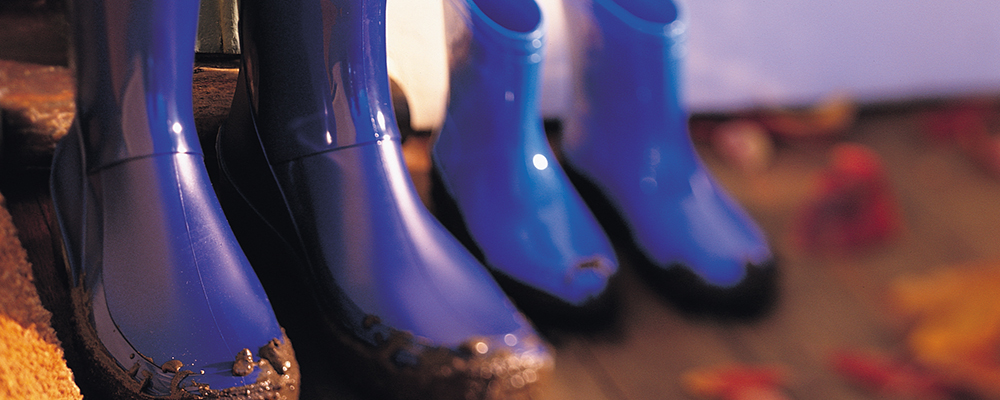
PVC in Toys
Child safety is a high priority for all concerned. PVC toys are considered safe because they are hygienic, durable, do not break and are easy to clean.
PVC toys have been used safely for decades, and are in many cases considered much safer than the products they replaced. PVC is used in up to 40 per cent of toys sold in Australia. However, there is relatively little toy manufacturing in Australia as most toys are imported.
To make PVC flexible - for example, for use in soft toys - plasticisers are added. A number of different products are used as plasticisers including categories of chemicals known as orthophthalates (or phthalate esters), citrates and adipates.
The inclusion of orthophthalates in toys sold in Australia is regulated through the Australian Standards AS 8124 (the Toy Standard) and AS2070 (Plastic Materials for food contact use). The safety of toys falls under the jurisdiction of Federal and State departments which deal with matters of public health and safety.
The use of diethylhexyl phthalate (DEHP) as a plasticiser in toys and childcare articles placed on the market in Australia is effectively prohibited. The Australian regulatory authority, the National Industrial Chemicals Notification and Assessment Scheme (NICNAS) recommended a ban on any of these products that contain more than 1% by weight of DEHP after completing a Risk Assessment in 2010. Largely precautionary as DEHP is not expected to be found in toys on the Australian market, the ban relates to toys, childcare articles where significant mouth contact may occur and vessels and eating utensils for feeding infants containing more than one per cent DEHP.
NICNAS also conducted risk assessments for 8 other common orthophthalates used in Australia, with a specific focus on sensitive end uses - toys, childcare articles and cosmetics. Its 2012 assessment of high molecular weight orthophthalate, DINP found that "current risk estimates do not indicate a health concern from exposure of children to DINP in toys and childcare articles even at the highest (reasonable worst-case) exposure scenario considered."
"No recommendations to public health risk management for the use of DINP in toys and child care articles are required based on the findings of this assessment," concluded NICNAS. There are currently no restrictions on the use of DINP in products in Australia.
The scientific assessment team also looked at cumulative exposure of children to DINP and another orthophthalate, and found no significant cause for concern.
For more information please visit:
ACCC (http://www.accc.gov.au/content/search/index.phtml?filter=1&rowLimit=25&fromItemId=142&collection=accc_internet&searchQueryString=DEHP)
NICNAS (http://www.nicnas.gov.au/)






